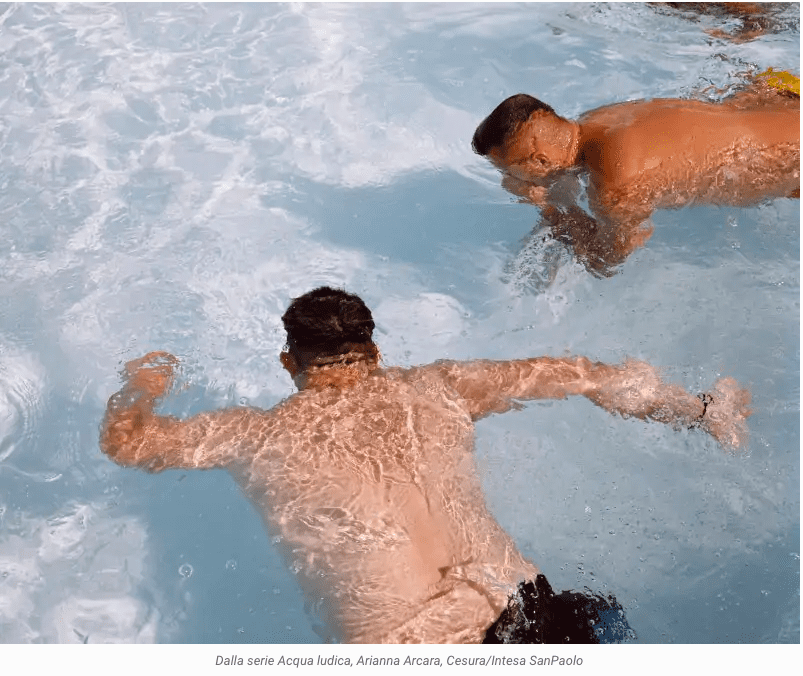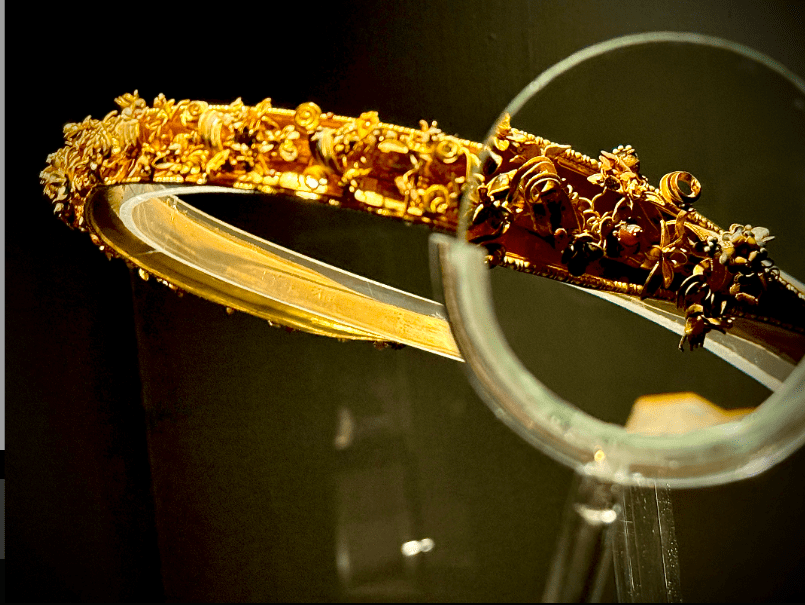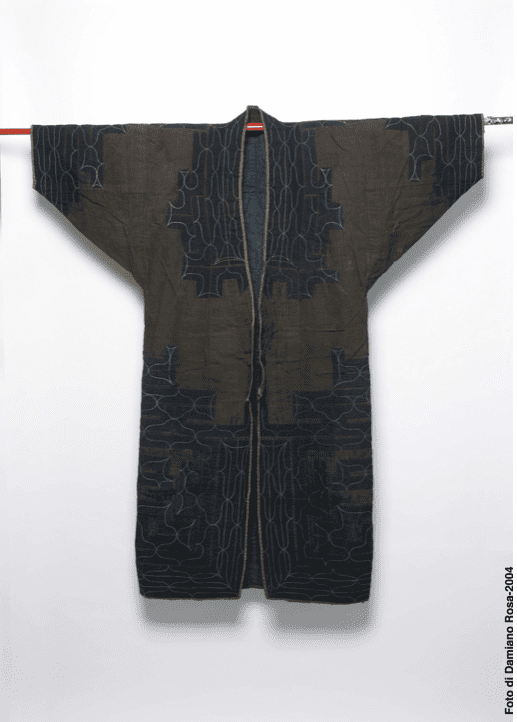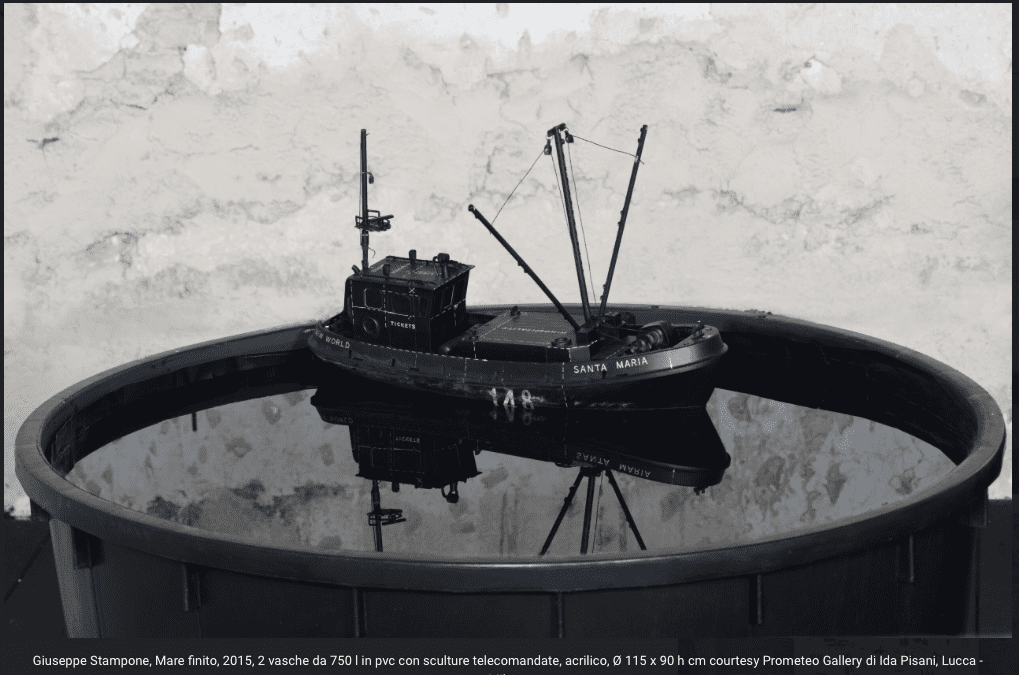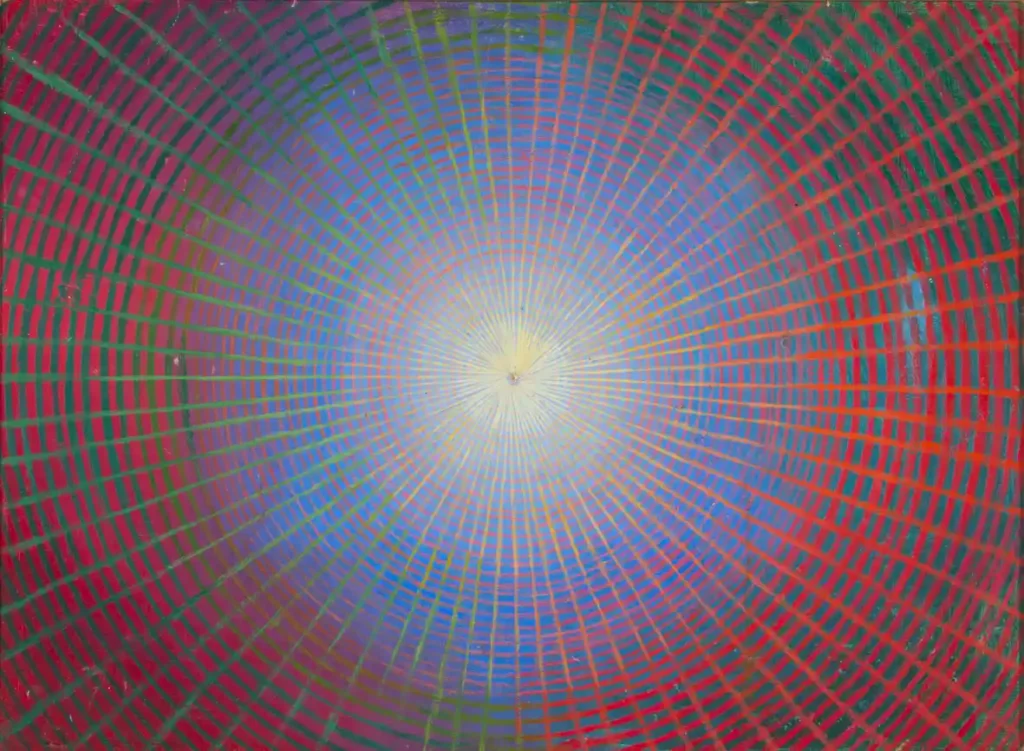
Mara Sartore: The 14th International Architecture Biennale, directed by Rem Koolhaas has been defined as a Biennale of ‘architecture without architects’. In which way, in your opinion, should this statement be understood, and could you explain briefly what you think is the exhibition’s vision for contemporary architecture?
Ippolito Pestellini: This is a Biennale without architects but about architecture. No major architect has been invited, rather it’s mostly researchers or academics or people who are not involved with mainstream architecture. Instead of focusing on profiles or ‘heroes’ we focus on content.
The exhibition is research-oriented in all of its three components. So the work of the National Pavilions, around the topic of “1914 – 2014 Absorbing Modernity”, is mostly historical research. Through this process it becomes clear that the history of architecture in the past 100 years can be traced without talking about any archi-star.
Elements in the Central Pavilion examines the basic elements of architecture, the ones that every architect has to deal at one point during career (floor, ceiling, window…). This research has been carried out with a large effort within our office, as well as by AMO, Harvard and a large constellation of researchers.
Regarding MondItalia, we can say the same: we avoided inviting major architects, rather we gave the topic to militant researchers. If there is something that all this says about contemporary architecture, it is that the time of heroes is over and now it’s time to re-think in terms of contents.
MS: Did you contribute in any way to new countries participating for the first time?
IP: Not necessarily directly, although we tried, for example, to involve Iran, who is finally participating. I think in some cases, we worked as catalysers of their participation, but in other cases, the idea to be part of an Architecture Biennale of this kind, that is, research oriented, generated and curated by Rem Koolhaas, was already a catalyst on its own. As far as I know, this Biennale has the largest number of countries participating so far.
MS: We’ve been seeing pictures of different renderings and architectural models of both the Arsenale and the Central Pavilion in the Giardini; could you give us an overview on how the different spaces will be organised?
IP: In the Giardini, the Central Pavilion is dedicated to fifteen elements, each taking over one room. This exhibition corresponds to a large publication: Elements, in which each chapter corresponds to a room, and where a specific aspect of the research per element has been manifested into a physical exhibition.
What you will find in the Central Pavilion is a collection of historical research, together with a large quantity of loans from different museums around the world, which all together makes quite an impact that highlights the content of the book. It’s a strange combination of something that looks and feels very boring with something that looks and feels extremely exciting.
MondItalia is organised around this 5th-century representation of the Roman Empire, the Tabula Peutingeriana (Peutinger map), which works like a theatrical and narrative device throughout the whole exhibition, and is organised like a ‘scan’ of the country. It’s basically a system of sections taken at progressive latitudes and organised geographically around projects, case studies and movies, all related in terms of content. The Tabula links the whole concept while the perfect scanning is interrupted by the presence of stages used in collaboration with dance, music and theatre, plus a series of other activities echoing the topics of the exhibition. It’s important to remember that Italy in MondItalia represents the whole of Europe, something that most people haven’t understood yet. Italy is presented here as an archetypical country: all the cases analysed in this section might be Italian cases, but can also be found across Europe. For example, the case study on the relationship between conservation and privatisation: it examines the management of heritage, along with topics such as mass tourism and globalisation.
MS: There have been many rumours about the cost of the whole project, with it involving so much work and so many people, and that the Biennale didn’t have enough funds to produce it. Is this true and, if so, how was this issue resolved in the end?
IP: This is true, there was a lack of funds, it’s not a secret. The difference between this and other Biennales is that we are actually producing most parts of the exhibition. This was a very efficient way to carry out the fundraising, and then to adapt this to the different components of the exhibition – it worked because finally we found the money. For example, for Elements we mobilised a lot of companies that were already involved and were happy to showcase their support. In MondItalia we looked into companies who are from other disciplines; among our donors, for example, is Warner Bros Music. This means that, in a way, there was also a curatorial strategy in how we raised the money.
MS: We’d like to know a little bit about what is ‘behind the scenes’ of this upcoming Biennale, I think you are the prefect person to tell us more about this… For example: how many people from Koolhaas staff are working on this project?
IP: Differently from other Biennales, where the main curator was supported by two or three assistants; basically, now there isn’t such a structure. It was really collective, so, for example, for MondItalia there where four or five people permanently running the project and then approximately ten people from AMO working on the Elements book, plus six people working on the exhibition design. And then we had 20 Harvard students working for us and with us as contributors on the Elements research.
MS: How did the various national participants react when Koolhaas asked them to address the theme of Absorbing Modernity 1914-2014?
IP: What was really surprising is that it was a quite direct and precise curatorial requirement, and most of the countries decided to participate with a lot of enthusiasm, to the point where there were some very interesting exchanges.
For example, there have been ‘clusters’ among countries that where looking into similar subjects, such as prefabrication. Some countries looked into exchanges: the Nordic Pavilion explored projects done in Africa. Others looked into what is globalisation itself. The USA, for example, are looking into 1000 projects of offices created by American architects abroad, which involves exporting a system and model of work.
The exchanges around common subjects that led us to identify thematic clusters is probably the most interesting aspect of this year’s exhibition, and maybe what a Biennale should really be about. We often remarked that it seems almost easy to look for a good topic now, and just let the energy emerge.
- Web:
OMA – AMO - Photo credits:
Portrait of Ippolito Pestellini Laparelli, courtesy of OMA-AMO
Mara Sartore: The 14th International Architecture Biennale, directed by Rem Koolhaas has been defined as a Biennale of ‘architecture without architects’. In which way, in your opinion, should this statement be understood, and could you explain briefly what you think is the exhibition’s vision for contemporary architecture?
Ippolito Pestellini: This is a Biennale without architects but about architecture. No major architect has been invited, rather it’s mostly researchers or academics or people who are not involved with mainstream architecture. Instead of focusing on profiles or ‘heroes’ we focus on content.
The exhibition is research-oriented in all of its three components. So the work of the National Pavilions, around the topic of “1914 – 2014 Absorbing Modernity”, is mostly historical research. Through this process it becomes clear that the history of architecture in the past 100 years can be traced without talking about any archi-star.
Elements in the Central Pavilion examines the basic elements of architecture, the ones that every architect has to deal at one point during career (floor, ceiling, window…). This research has been carried out with a large effort within our office, as well as by AMO, Harvard and a large constellation of researchers.
Regarding MondItalia, we can say the same: we avoided inviting major architects, rather we gave the topic to militant researchers. If there is something that all this says about contemporary architecture, it is that the time of heroes is over and now it’s time to re-think in terms of contents.
MS: Did you contribute in any way to new countries participating for the first time?
IP: Not necessarily directly, although we tried, for example, to involve Iran, who is finally participating. I think in some cases, we worked as catalysers of their participation, but in other cases, the idea to be part of an Architecture Biennale of this kind, that is, research oriented, generated and curated by Rem Koolhaas, was already a catalyst on its own. As far as I know, this Biennale has the largest number of countries participating so far.
MS: We’ve been seeing pictures of different renderings and architectural models of both the Arsenale and the Central Pavilion in the Giardini; could you give us an overview on how the different spaces will be organised?
IP: In the Giardini, the Central Pavilion is dedicated to fifteen elements, each taking over one room. This exhibition corresponds to a large publication: Elements, in which each chapter corresponds to a room, and where a specific aspect of the research per element has been manifested into a physical exhibition.
What you will find in the Central Pavilion is a collection of historical research, together with a large quantity of loans from different museums around the world, which all together makes quite an impact that highlights the content of the book. It’s a strange combination of something that looks and feels very boring with something that looks and feels extremely exciting.
MondItalia is organised around this 5th-century representation of the Roman Empire, the Tabula Peutingeriana (Peutinger map), which works like a theatrical and narrative device throughout the whole exhibition, and is organised like a ‘scan’ of the country. It’s basically a system of sections taken at progressive latitudes and organised geographically around projects, case studies and movies, all related in terms of content. The Tabula links the whole concept while the perfect scanning is interrupted by the presence of stages used in collaboration with dance, music and theatre, plus a series of other activities echoing the topics of the exhibition. It’s important to remember that Italy in MondItalia represents the whole of Europe, something that most people haven’t understood yet. Italy is presented here as an archetypical country: all the cases analysed in this section might be Italian cases, but can also be found across Europe. For example, the case study on the relationship between conservation and privatisation: it examines the management of heritage, along with topics such as mass tourism and globalisation.
MS: There have been many rumours about the cost of the whole project, with it involving so much work and so many people, and that the Biennale didn’t have enough funds to produce it. Is this true and, if so, how was this issue resolved in the end?
IP: This is true, there was a lack of funds, it’s not a secret. The difference between this and other Biennales is that we are actually producing most parts of the exhibition. This was a very efficient way to carry out the fundraising, and then to adapt this to the different components of the exhibition – it worked because finally we found the money. For example, for Elements we mobilised a lot of companies that were already involved and were happy to showcase their support. In MondItalia we looked into companies who are from other disciplines; among our donors, for example, is Warner Bros Music. This means that, in a way, there was also a curatorial strategy in how we raised the money.
MS: We’d like to know a little bit about what is ‘behind the scenes’ of this upcoming Biennale, I think you are the prefect person to tell us more about this… For example: how many people from Koolhaas staff are working on this project?
IP: Differently from other Biennales, where the main curator was supported by two or three assistants; basically, now there isn’t such a structure. It was really collective, so, for example, for MondItalia there where four or five people permanently running the project and then approximately ten people from AMO working on the Elements book, plus six people working on the exhibition design. And then we had 20 Harvard students working for us and with us as contributors on the Elements research.
MS: How did the various national participants react when Koolhaas asked them to address the theme of Absorbing Modernity 1914-2014?
IP: What was really surprising is that it was a quite direct and precise curatorial requirement, and most of the countries decided to participate with a lot of enthusiasm, to the point where there were some very interesting exchanges.
For example, there have been ‘clusters’ among countries that where looking into similar subjects, such as prefabrication. Some countries looked into exchanges: the Nordic Pavilion explored projects done in Africa. Others looked into what is globalisation itself. The USA, for example, are looking into 1000 projects of offices created by American architects abroad, which involves exporting a system and model of work.
The exchanges around common subjects that led us to identify thematic clusters is probably the most interesting aspect of this year’s exhibition, and maybe what a Biennale should really be about. We often remarked that it seems almost easy to look for a good topic now, and just let the energy emerge.
- Web:
OMA – AMO - Photo credits:
Portrait of Ippolito Pestellini Laparelli, courtesy of OMA-AMO

